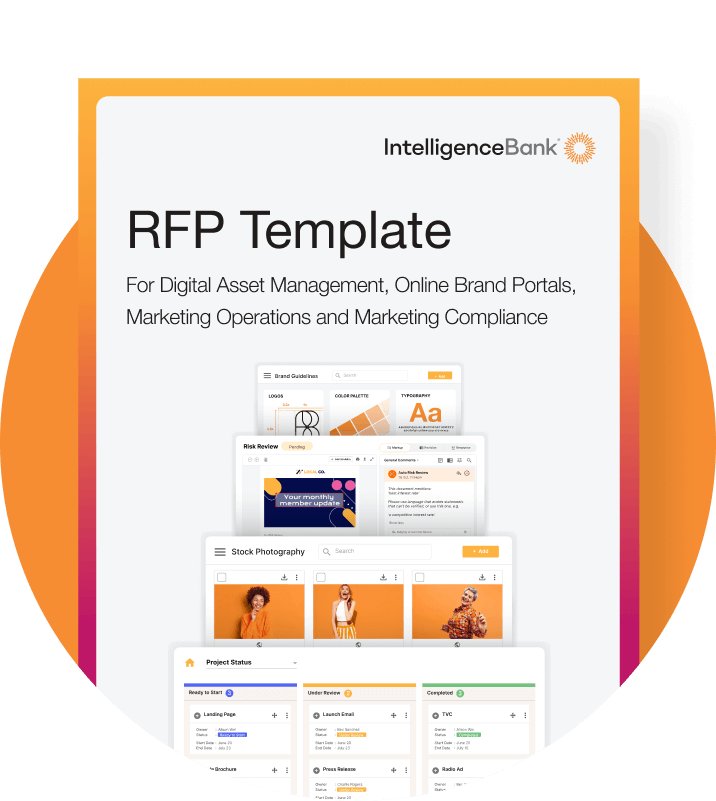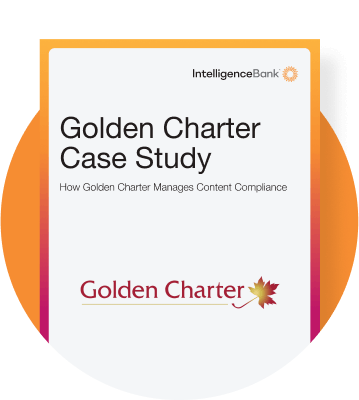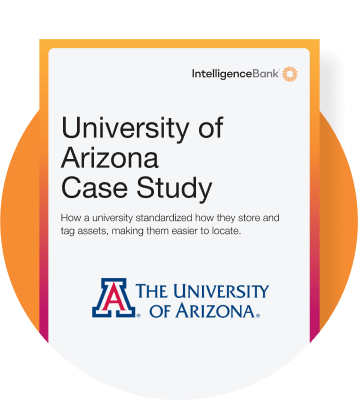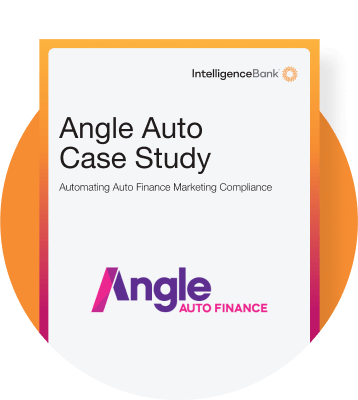What is a Centralized Content Hub and Why Does it Matter?
A content hub is an online digital library where marketers keep all their brand materials, like images, videos and documents, organized in one place. It makes everything easy to find, helps your team work faster, and keeps your branding consistent. They keep your workflows tight and ultimately deliver measurable performance in content management processes.
In this article, we’ll unpack how a content hub takes the grunt work out of asset management — from tagging and version control to approvals — helping teams stay agile, accountable, and focused on big ideas.
- Simplify content operations by replacing manual tagging and search rituals with intelligent metadata and instant retrieval.
- Double down on marketing compliance by embedding approval workflows and automated alerts into your process.
- Maintain digital organization in a secure, easy-to-navigate platform that scales with your content library — and your team.
- Streamline marketing workflows from brief to release, with automated performance tracking integrated into your process.

How To Best Power Your Content Hub
- Blending speed with governance: Multi-level access permissions coupled with asset version control help avoid confusion around the status of an asset and only allow you to move forward when it has been greenlit. Increased clarity reduces the need for complicated email communications, empowering the right teams to produce desired results faster.
- Operational efficiency: Enhanced digital asset discoverability, simplified collaboration, and AI-powered content compliance checks cut manual workflows in half, enabling more focused, productive operations.
- Risk mitigation: Content hubs store critical information, such as an asset’s usage rights (such as talent, music and photographic). It can even schedule live content for periodic review cycles so nothing falls through the cracks.
- Improved content ROI: When existing content is a breeze to locate and teams can operate within an efficient framework, marketing can then stop wasting time on menial tasks, such as searching for assets or manually tagging them, and get on with work that has a greater impact on driving the business.
- Simplified asset updates across channels: With version control, it’s much easier to track assets in the system. You can ensure only the most updated, ready-to-go assets hit your marketing channels across all consumer touchpoints.
- Unified messaging: Instant access to branding guidelines and assets leaves little room for uncertainty and error, and in fact, makes it pretty hard for creative teams to go wrong.
- Global marketing collaboration: Cloud-based hosting gives dispersed teams a shared workspace with real-time, transparent proofing and markup, making international collaboration as simple as working from the same office building.
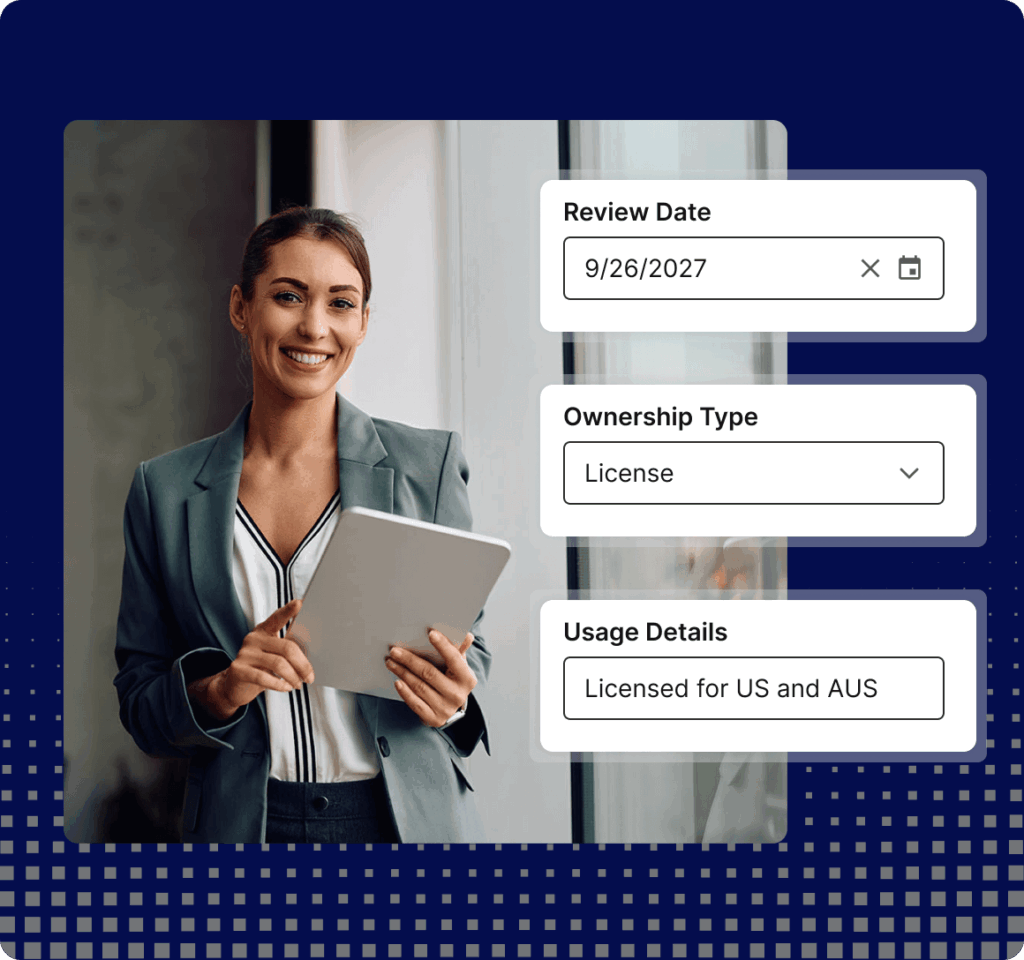
Best Practices for Building and Managing a Content Hub
- Creative templates: These make it easy to localize existing content and keep within industry regulations.
- Content, web, and ad risk reviews: Set custom rules to identify trigger words, missing or incorrect disclaimers, and departure from industry regulations across your branded content.
- Approval workflows: Your approval workflow may vary depending on the budget, brand, risk level, or campaign type. You can adjust approval workflows to automatically accommodate these differences without recreating them from scratch each time.
- Content tracker: Build digital asset review cycles with automated reminders into your process, to keep new and existing content up to date and compliant with industry regulations without manual effort.
- Disclaimer engines: A set of drop-down menus makes it easy for content producers to generate legally approved disclaimers for every asset and media type, as they are based on criteria set with your Legal team.
Use metadata strategically
Integrate with your stack
Train teams to self-serve
Leverage controlled access
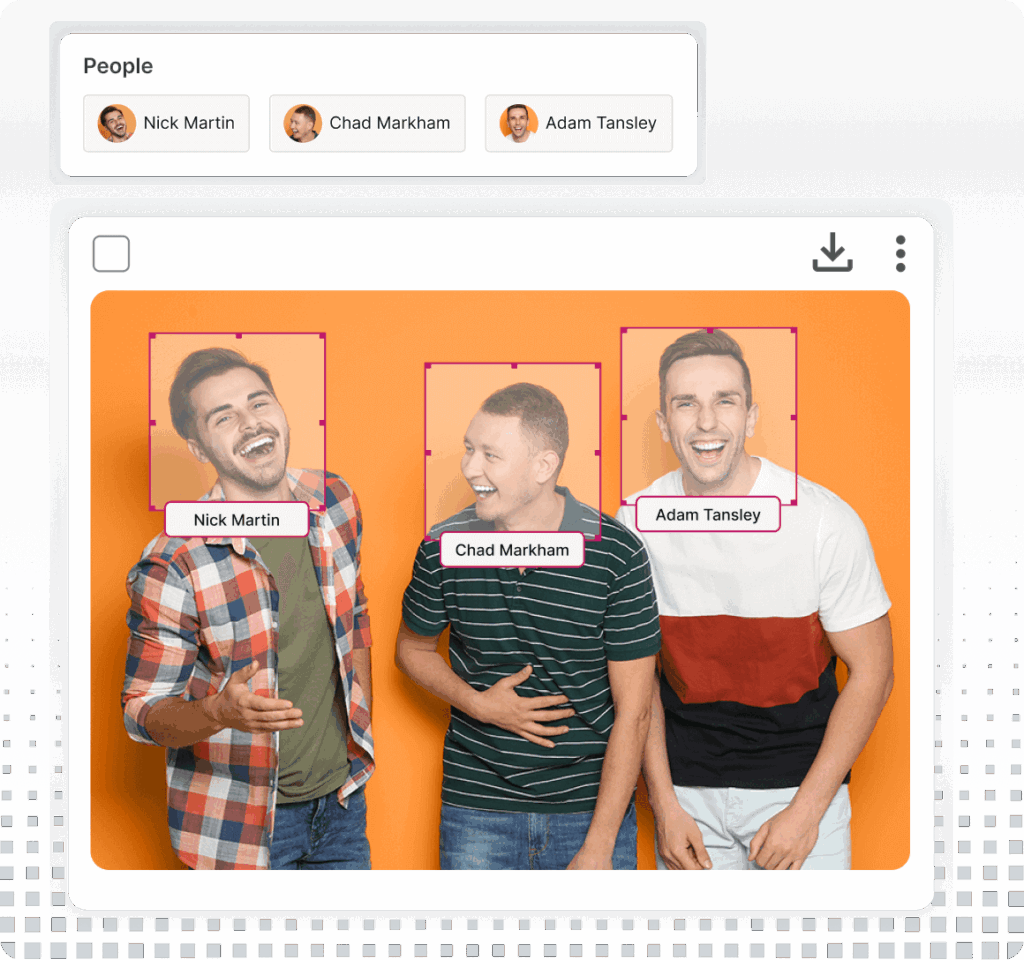
Measuring Success: Key Metrics To Track
- Approval cycle time: Track the time it takes for assets to move from upload to sign-off. Shorter cycles mean fewer bottlenecks and a faster time to market.
- Content updates, usage, and transformation: Built-in analytics help monitor how often teams refresh, use, or transform and download assets. Tracking asset usage can inform new content production and speed up workflows.
- Overdue tasks and workflows: See which tasks and workflows are creating bottlenecks and take action to optimize your process.
Ready to Optimize Your Content Processes?
A well-structured content hub creates layered value within content marketing operations. By simplifying asset storage and retrieval, content compliance, and marketing workflows, your teams are free to focus on their core functions.
IntelligenceBank’s digital asset management system supports teams in balancing control with creativity and speed. This means you can build productivity and scale into your workflows while creating a consistent content experience for audiences across all channels. If you’re ready to transform your digital content operations, contact us to learn more.

